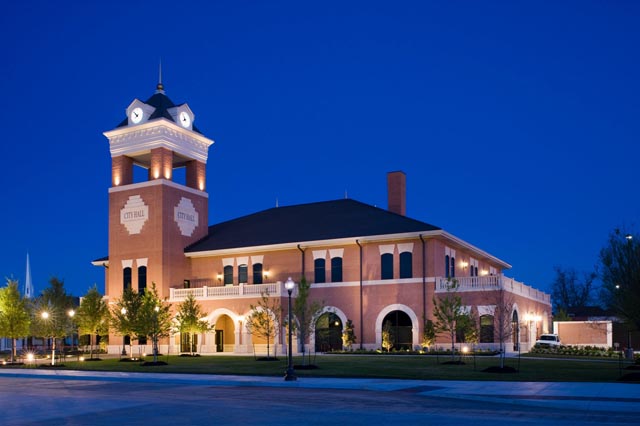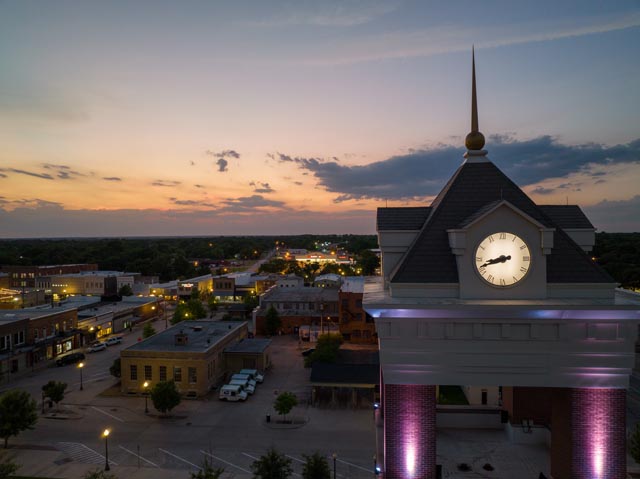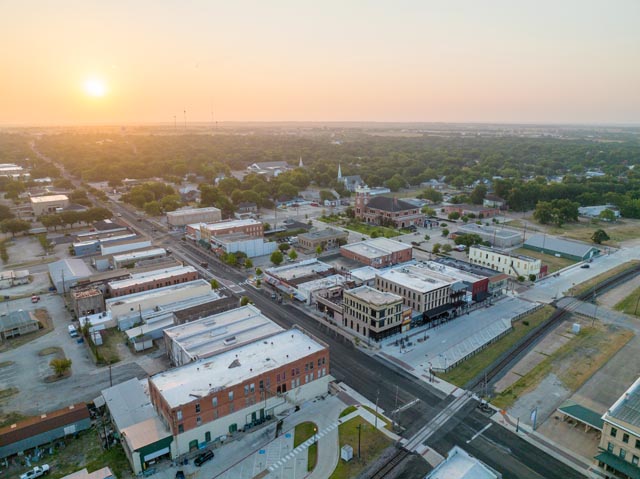
Navasota, Texas: Where the Brazos River Carries the Blues and a Town Finds Its Rhythm
In the heart of Grimes County, where the sprawling Texas landscape begins its gentle roll towards the Gulf Coast, lies a town that hums with the echoes of a storied past and the quiet ambition of a vibrant future. Navasota, Texas, a community of just over 7,500 souls, may not boast the towering skylines of its metropolitan neighbors, but it possesses something far more profound: a deep-rooted sense of identity, a musical legacy that transcends its modest size, and a resilience etched into its very foundations. Often heralded as the "Blues Capital of Texas," Navasota is a place where history isn’t just remembered; it’s felt in the warm breeze, heard in the whisper of cotton fields, and seen in the proud, preserved facades of its historic downtown.
Founded in 1854 at the junction of the Houston and Texas Central Railway and the Navasota River, the town quickly blossomed into a vital commercial hub. Its strategic location made it a nexus for the burgeoning cotton industry, with bales arriving by wagon and departing by rail, connecting the agricultural heartland to distant markets. The river itself, the mighty Brazos, served as a natural highway, further cementing Navasota’s role as a gateway to prosperity. This era of rapid growth saw the construction of grand Victorian homes and sturdy brick commercial buildings, many of which stand today as testaments to the town’s early ambitions.

But it was not just the commerce that thrived here; a rich cultural tapestry was also being woven, particularly through music. From the sharecropper fields and juke joints emerged a sound that would define American music: the blues. And from Navasota came one of its most authentic and enduring voices, Mance Lipscomb.
Born in 1895, Bowdie "Mance" Lipscomb was not merely a bluesman; he was a "songster," a living repository of American folk music who played a vast repertoire spanning blues, ragtime, spirituals, and country standards. His intricate finger-picking guitar style and his soulful, narrative lyrics painted vivid pictures of rural Texas life, hardships, and simple joys. Lipscomb’s talent went largely unrecorded until the folk revival of the 1960s, when he was "discovered" by musicologists Mack McCormick and Chris Strachwitz. His subsequent recordings, beginning with "Texas Songster" in 1960, brought his unique artistry to a wider audience, cementing his place in music history.
For Navasota, Lipscomb’s legacy is more than just a historical footnote; it is a point of immense pride and a cornerstone of the town’s identity. In 1999, the Texas Legislature officially designated Navasota as the "Blues Capital of Texas," a title proudly displayed on signs welcoming visitors. A bronze statue of Mance Lipscomb, guitar in hand, now graces the downtown square, a silent sentinel watching over the town that shaped his sound.
"Mance Lipscomb’s music isn’t just notes and chords; it’s the heartbeat of Navasota," says local historian, Dr. Martha Vance (a composite character representing local expertise). "He captured the essence of this place – its struggles, its resilience, its beauty. His songs are a living history of our community."
This deep connection to the blues is celebrated annually with the Navasota Blues Fest, an event that draws musicians and fans from across the state and beyond. It’s a lively, family-friendly affair that transforms the downtown area into a vibrant stage, echoing with the very sounds that put Navasota on the musical map. The festival not only honors Lipscomb but also showcases contemporary blues artists, ensuring the tradition continues to evolve.
Beyond its musical heritage, Navasota offers a quintessential small-town Texas experience. Life here moves at a more leisurely pace, far removed from the hustle of urban centers. Neighbors know each other, community events are well-attended, and Southern hospitality is not just a cliché, but a way of life.
"There’s a genuine warmth here you don’t find everywhere," says Sarah Chen, owner of a quaint antique shop on Washington Avenue. "People look out for each other. When you walk down the street, you’re greeted with a smile and a ‘howdy.’ It’s a real community, not just a collection of houses."
The downtown area, with its charming brick buildings and wide sidewalks, is undergoing a quiet revitalization. Efforts are underway to preserve the historic architecture while attracting new businesses, boutique shops, and eateries. The city’s Main Street Program, a nationwide initiative aimed at economic development through historic preservation, plays a crucial role in these efforts. Victorian-era homes, many meticulously restored, line tree-shaded streets, whispering tales of generations past. The Navasota Railroad Museum, housed in the beautifully restored Union Pacific Depot, offers a glimpse into the town’s pivotal role in the expansion of Texas railways.

"Preserving our history isn’t just about looking backward; it’s about building a foundation for the future," explains Robert Jenkins, a member of the Navasota Historical Society (another composite character). "These buildings, these stories – they give us character. They’re what make Navasota unique in a world that’s increasingly homogenized."
The town’s proximity to Bryan-College Station, home to Texas A&M University, offers a unique dynamic. While maintaining its distinct small-town identity, Navasota benefits from the larger metropolitan area’s resources and influx of visitors. Many Aggie fans and alumni pass through Navasota, discovering its charm and contributing to its local economy.
However, like many small towns, Navasota faces its share of challenges. Maintaining economic vitality, attracting young families, and ensuring access to modern amenities while preserving its cherished character are ongoing efforts. The balance between progress and tradition is a delicate one, but Navasota seems to be navigating it with a clear vision.
The Brazos River, which gave the town its early lifeblood, remains a significant presence. Though no longer the primary artery for commerce, it offers recreational opportunities – fishing, kayaking, and simply enjoying the tranquility of nature. The river’s presence serves as a constant reminder of the town’s deep connection to the land and its origins.
Navasota’s future seems to lie in embracing its strengths: its rich history, its musical legacy, its strong community spirit, and its unique charm. It’s not trying to be a big city; it’s striving to be the best version of itself – a welcoming, authentic Texas town where the past informs the present, and the future is built on a foundation of pride and perseverance.
As the sun sets over Navasota, casting long shadows across the Mance Lipscomb statue and the historic buildings, one can almost hear the faint strumming of a guitar, a timeless melody carried on the breeze from the Brazos. It’s the sound of a town finding its rhythm, not just in the blues, but in the quiet, confident beat of its own heart. Navasota, Texas, is more than just a dot on the map; it’s a living testament to the enduring soul of Texas, a place where history resonates, and every corner holds a story waiting to be told.


